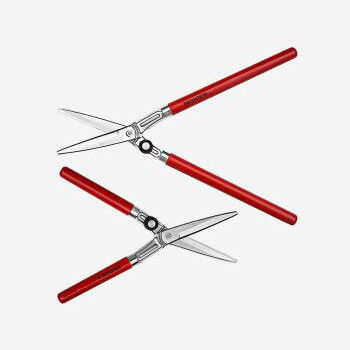ਦਸੰ. . 23, 2024 22:36 Back to list
Effective Filtration Solutions with Basket Strainers for Optimal Fluid Handling
Understanding Basket Strainers An Essential Component in Fluid Systems
In fluid handling systems, efficiency and reliability are paramount. One critical component that plays a significant role in maintaining these attributes is the basket strainer. Commonly utilized in various industries, including oil and gas, water treatment, food processing, and chemical manufacturing, basket strainers are designed to filter out unwanted debris and particles from liquids. This article will delve into the fundamentals of basket strainers, their applications, benefits, and maintenance.
What is a Basket Strainer?
A basket strainer is a type of filtration device that consists of a basket-shaped element, usually made of stainless steel or another corrosion-resistant material. The basket has perforations or mesh screens that allow fluid to flow through while capturing larger particles and sediments that could cause system malfunctions. The design is simple yet effective, making it a popular choice for industries where fluid cleanliness is critical.
How Does It Work?
The operation of a basket strainer is straightforward. Fluid enters the strainer through an inlet, flows into the basket, and is filtered as it passes through the mesh screen. Larger particles are trapped inside the basket while the clean fluid exits through the outlet. Periodically, the basket requires cleaning or replacement, depending on the amount of debris caught, ensuring continuous operation without significant downtime.
Types of Basket Strainers
Basket strainers come in various designs and configurations, allowing for flexibility in different applications. The most common types include
1. Single Basket Strainers These are the most straightforward design, featuring a single filtration element. They are easy to maintain and suitable for small-scale applications.
2. Dual Basket Strainers Equipped with two baskets, these strainers allow for continuous operation. While one basket is in use, the other can be cleaned or replaced, minimizing downtime.
3. Y-Strainers vs. Basket Strainers While both serve the filtration purpose, Y-strainers have a different design that is more compact and often used in smaller pipelines. Basket strainers generally provide greater surface area for filtration, making them more suitable for larger pipes.
Applications of Basket Strainers
Basket strainers are widely used across various sectors
- Water Treatment They help in removing debris from incoming water streams, ensuring the efficiency of subsequent treatment processes.
- Oil and Gas In refining processes, basket strainers protect pumps, valves, and other equipment from wear and tear due to particulate matter
.- Food Processing Ensuring product cleanliness and safety, basket strainers filter out contaminants from food and beverage liquids during processing.
basket strainer

- Chemical Industry They are used to prevent contaminants from entering reactors and other sensitive equipment, thereby maintaining the integrity of chemical processes.
Benefits of Using Basket Strainers
The use of basket strainers offers several benefits
1. Improved System Efficiency By removing unwanted particles, basket strainers enhance the efficiency of pumps, valves, and other system components, leading to improved performance and reduced operational costs.
2. Extended Equipment Life By preventing debris accumulation, they help in prolonging the lifespan of critical equipment, reducing the need for frequent replacements or repairs.
3. Easy Maintenance Most basket strainers can be easily removed and cleaned, making maintenance straightforward. Regular cleaning schedules help ensure optimal performance.
4. Versatility The range of sizes and configurations allows for customization in various applications, accommodating different flow rates and particle sizes.
Maintenance of Basket Strainers
Maintenance is vital to ensure the continued efficiency of basket strainers. Here are some key practices
1. Regular Inspection Periodically check the basket for debris accumulation and signs of wear or damage.
2. Timely Cleaning Depending on the application, the basket should be cleaned or replaced to prevent flow restrictions.
3. Monitoring Performance Keep track of flow rates and system performance, as any change may indicate a blockage or issue with the strainer.
4. Material Consideration Always select the appropriate material for the basket based on the fluid type to prevent corrosion or degradation.
Conclusion
Basket strainers are indispensable in fluid handling systems, providing reliable filtration that helps maintain operational efficiency and protect equipment. Their simple yet effective design, along with their versatility across industries, makes them a crucial component in various applications. By understanding their function, benefits, and maintenance requirements, operators can ensure that their systems run smoothly and efficiently for years to come.
Share
-
priming-a-pump-with-a-foot-valve-with-strainerNewsAug.23,2025
-
the-importance-of-a-y-strainer-in-pump-protectionNewsAug.23,2025
-
stainless-steel-ball-check-valve-for-high-purity-applicationsNewsAug.23,2025
-
common-applications-for-wafer-type-butterfly-valvesNewsAug.23,2025
-
seat-options-for-a-12-inch-knife-gate-valveNewsAug.23,2025
-
the-lifespan-of-a-typical-dismantling-jointNewsAug.23,2025


